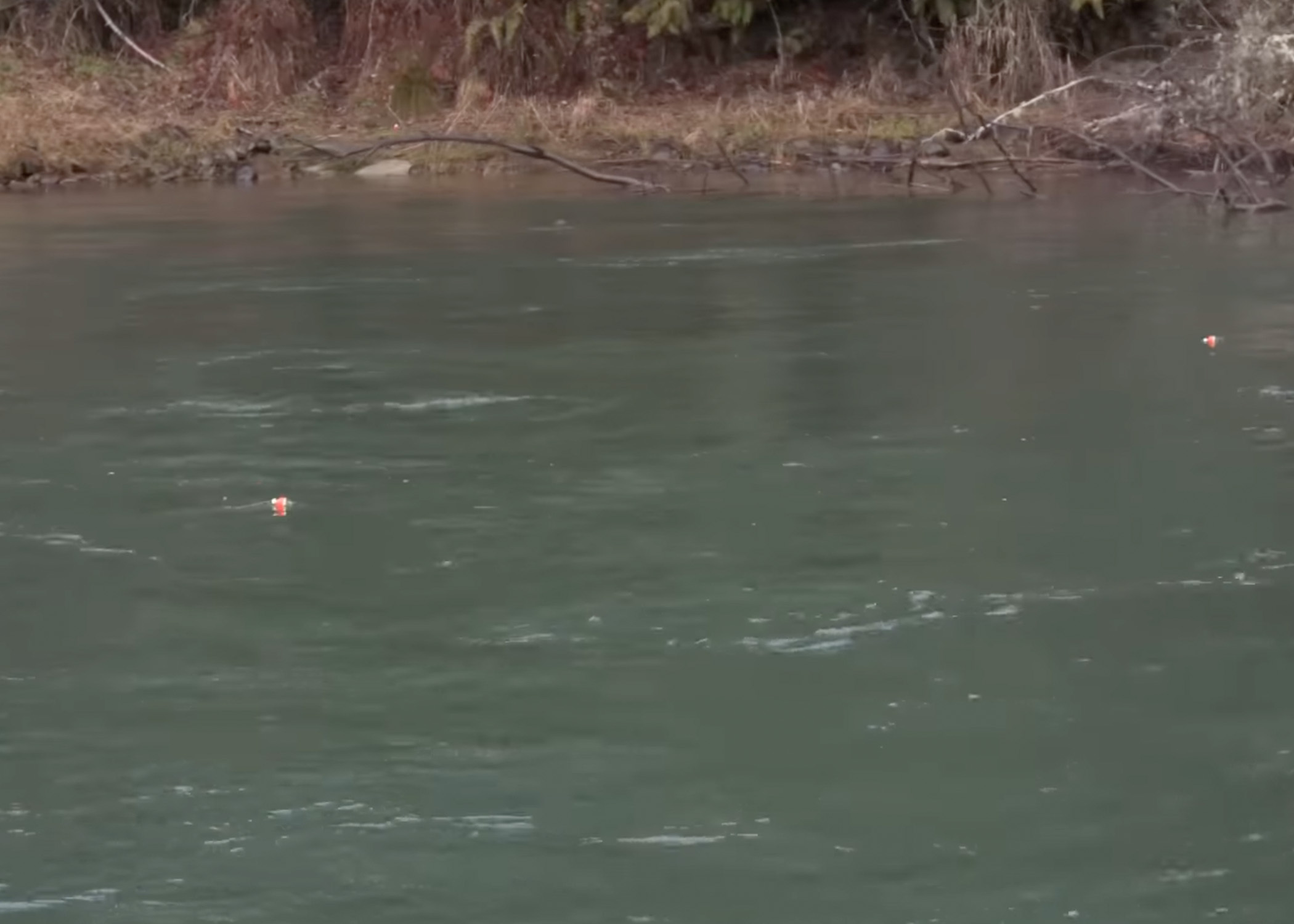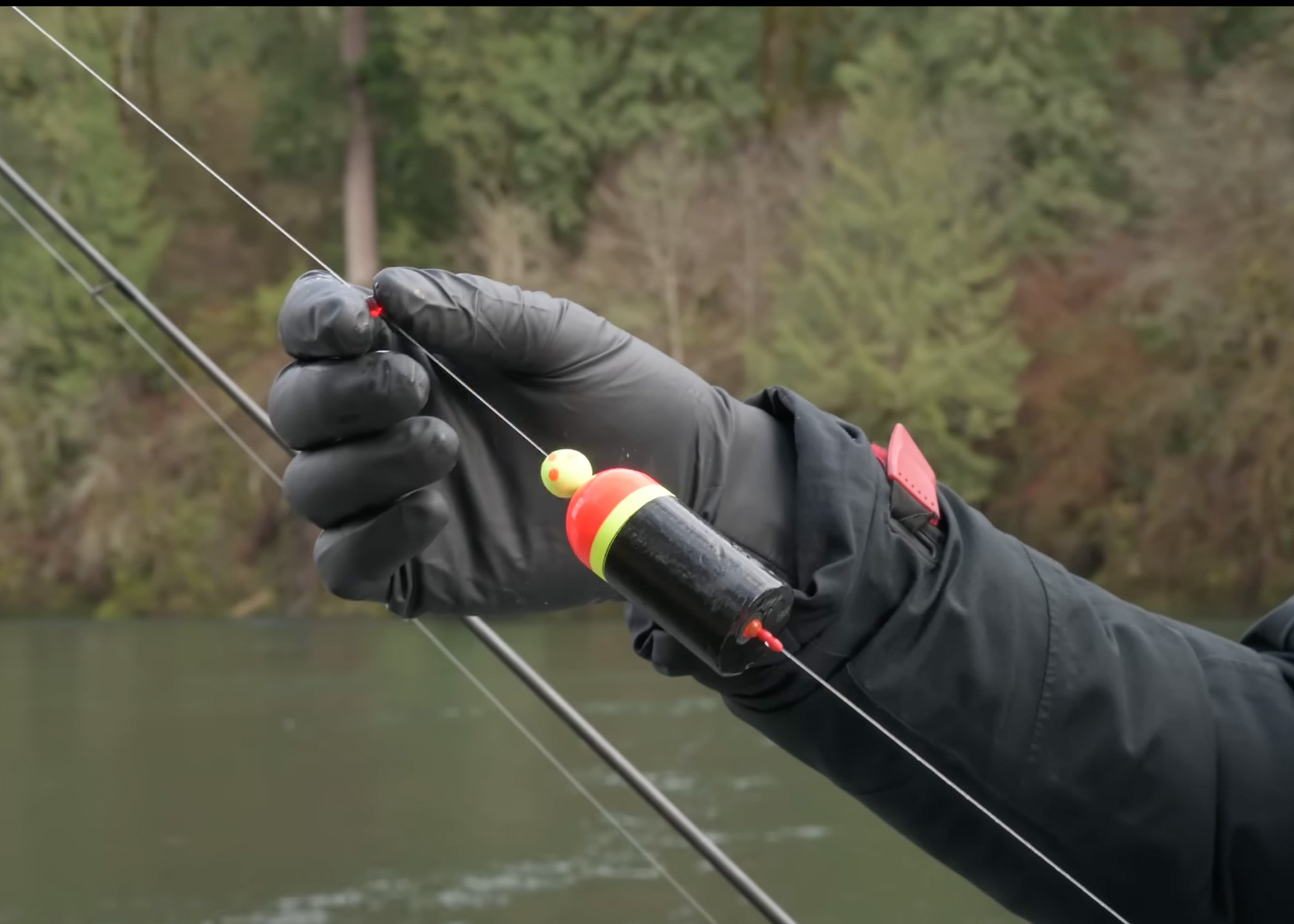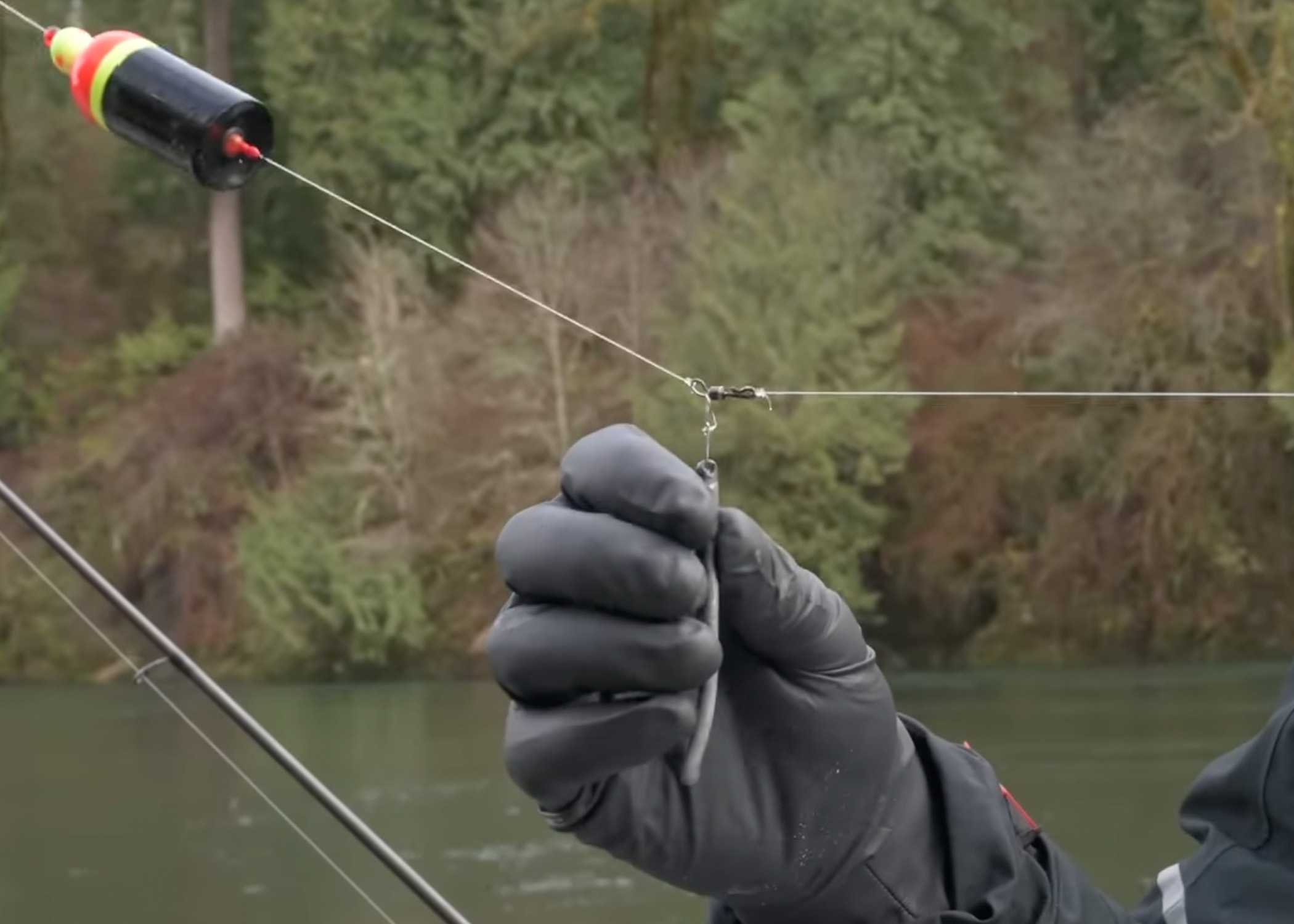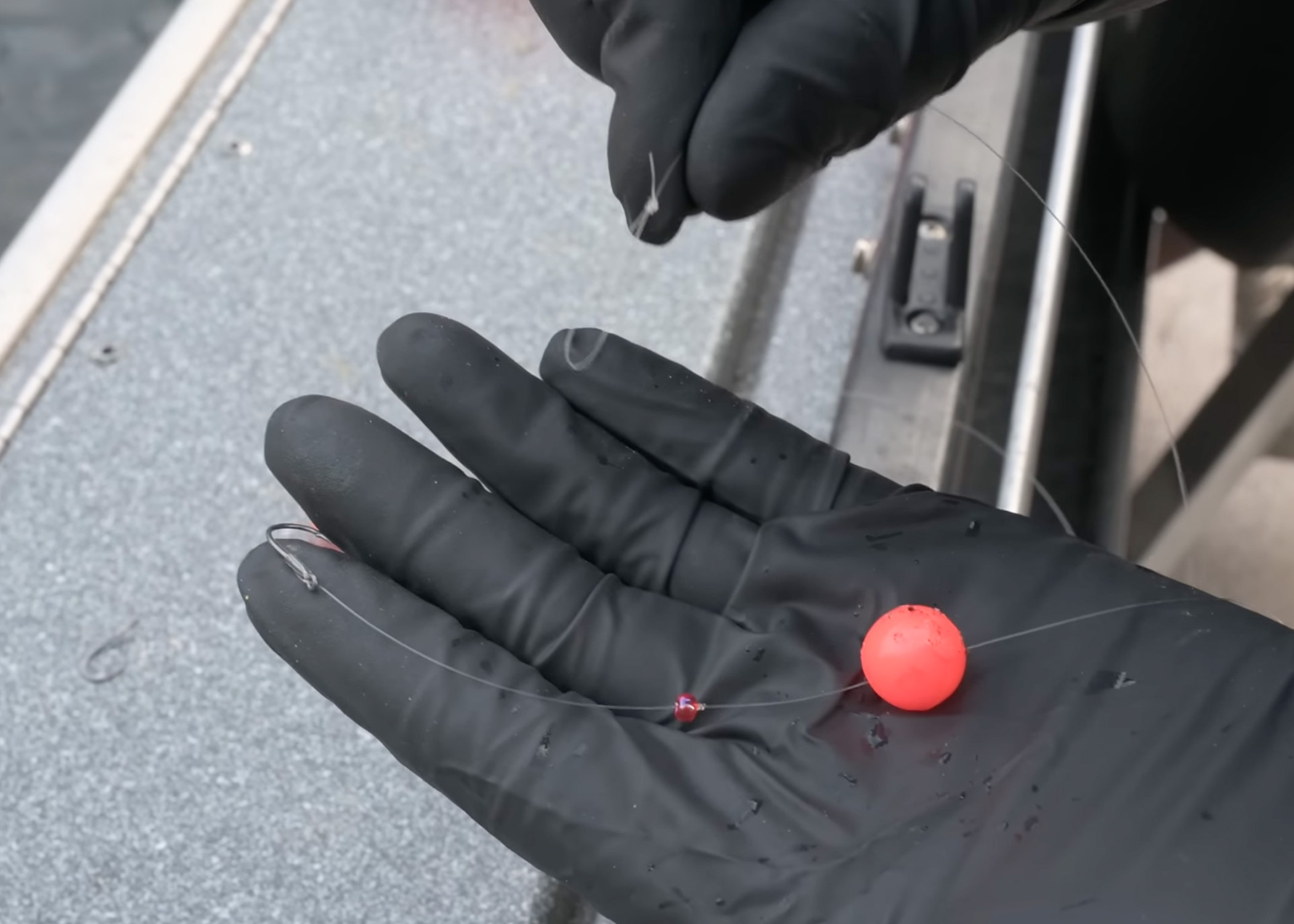Bobber Doggin’ for Steelhead: Rigging, Drifts, and Strike Detection
Table of Contents
What Is Bobber Doggin’?

Where and When It Works Best
Essential Bobber Doggin’ Rig

Shot and Weighting Choices

Best Baits and Lures

Rod, Reel, and Line
Casting Angles and Line Control
Reading the Float and Detecting Strikes
Drift Length, Lanes, and Boat vs. Bank
Seasonal Adjustments
Troubleshooting
Simple Start Plan
Safety and Fish Care
Final Thoughts
Shop Salmon & Steelhead Gear

